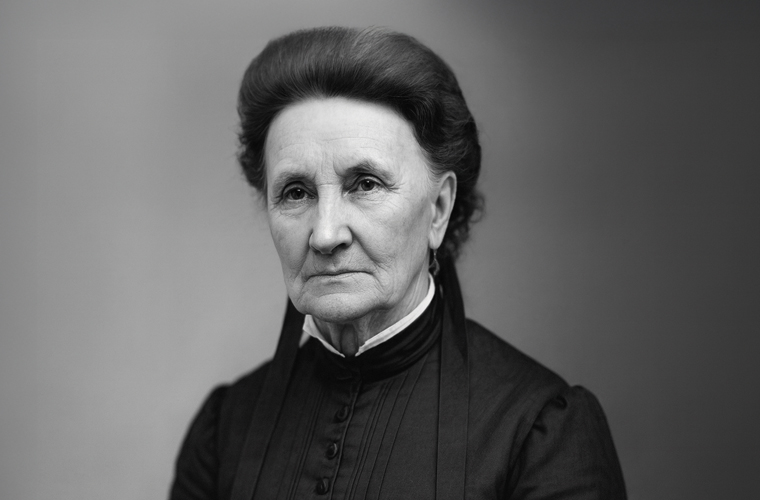In January 1923, an accusation made by Fannie Taylor, a white woman living in Sumner, Florida, set off a chain of events that culminated in the devastating Rosewood massacre. Taylor claimed that an unknown black man had forcibly entered her home, assaulted her, and then fled when she resisted. She maintained that she could not identify her attacker, which added ambiguity to her account. Word of the alleged assault spread rapidly through the surrounding communities, inflaming racial tensions and prompting a group of white men from Sumner and nearby Cedar Key to organize a search for the supposed perpetrator. This group, fueled by anger and armed with weapons, descended on Rosewood, a small, predominantly African American town nearby.
The specifics of Taylor’s accusation remain shrouded in uncertainty, and historians have long debated its veracity. One theory posits that Taylor invented the assault to conceal an extramarital affair, possibly with a white man she was seen with before the incident. This speculation, while intriguing, lacks substantial evidence and relies heavily on circumstantial accounts, making it a contentious point among researchers. Alternatively, some argue that Taylor sincerely believed she was attacked, pointing to her initial refusal to name a suspect as evidence that she wasn’t targeting a specific individual or acting out of malice. This perspective suggests her accusation may have stemmed from fear or misunderstanding rather than a deliberate attempt to incite violence.
Whatever the truth behind Taylor’s claim, the reaction it provoked was immediate and catastrophic. The mob of white men, driven by racial animus and unchecked rage, turned their search for the alleged attacker into a campaign of terror against Rosewood’s residents. Over several days, they unleashed a wave of destruction, setting fire to homes, businesses, and community buildings. As the flames consumed the town, the mob shot at African American residents attempting to escape the chaos. The violence claimed at least six lives, though the true death toll remains uncertain, as many victims’ bodies were never found, and records from the time are incomplete. The survivors, traumatized and displaced, fled Rosewood, abandoning their homes and livelihoods. The town, once a thriving community, was reduced to ashes and became a ghost town, its residents never returning.
The events sparked by Fannie Taylor’s accusation highlight the fragility of racial harmony in the early 20th-century South, where a single unverified claim could ignite widespread violence. The lack of clarity surrounding her story—whether it was a fabrication, a misunderstanding, or a genuine belief—underscores the complexity of the massacre’s origins. What is indisputable, however, is the devastating impact of the mob’s actions, which obliterated a community and left a lasting scar on Florida’s history. The Rosewood massacre remains a stark reminder of the destructive power of racial prejudice and the consequences of unchecked mob violence, with Fannie Taylor’s role serving as a pivotal, yet enigmatic, catalyst in this tragic chapter.

